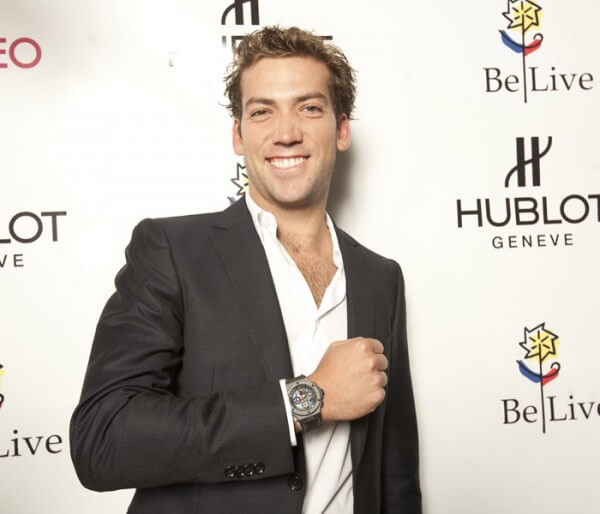“Colonel Aureliano Buendía declined the lifetime pension offered him after the war and until old age he made his living from the little gold fishes that he manufactured in his workshop in Macondo.” This passage from Gabriel García Márquez’s acclaimed novel, One Hundred Years of Solitude, could well form an allegory for the situation in Colombia today. The South-American country has turned the page on one of the most violent periods in its history, marked by open warfare between drug barons. Like Aureliano Buendía, the Colombians have turned their back on war and are determined to use their skills, resources and spirit of enterprise to move their country forward.
As can be expected, the luxury segment has benefited from this slow yet steady transformation as, little by little, Colombia regains confidence in itself. Mercedes, for example, did thriving business in the country last season. The Colombian Autoshowmagazine reports that sales by the German marque soared 81% in 2010. In the most prestigious shopping districts of Bogotá, Medellín or Calí, there is a buzz in the air. Juan Fernández, editor of the well-known luxury magazine Summus, comments: “The market here is relatively stable, showing average but constant growth. Revaluation of the peso against the dollar has also helped luxury goods importers to sell more than they could have hoped for in the past.”
Heading for growth
How has a country in an almost permanent state of war engineered such a transformation? Observers explain this boom by the political and institutional changes that followed the election, in 2002, of President Álvaro Uribe, who came to power with the promise to restore security. “This was a decisive factor,” says Juan Fernández. “People want to enjoy what they buy, whether that means watches or cars. Just a few years ago, you would never have seen a Ferrari in town. Now it isn’t unusual to spot one.” “Colombia is the third most-populated country in South America. The security of foreign investments is increasing. Customs duty is low and the population still has a higher level of education than its Spanish-speaking neighbours,” adds another commentator, who confirms Juan Fernández’s opinion as to the opportunities luxury brands have yet to fully exploit.
Growth prospects of 4.5% in 2010, according to the Colombian Central Bank, have prompted brands to invest in this market, organise events, and even launch limited editions. Hublot, for example, hosted an event in March, in partnership with BeLive, a foundation that raises money to help vulnerable communities. The brand, under CEO Jean-Claude Biver, unveiled a special collection of Big Bang watches. Guests mingled with personalities including F1 driver Juan Pablo Montoya, and company director and watch enthusiast Martín Santos, son of President Juan Manuel Santos. “Just to give an idea, Cartier has plans to extend its boutique in Bogotá. Its Calibre collection is already sold-out,” comments Eudardo García, director of development at Tiempo de Relojes, Mexico’s leading watch magazine. “There are still many opportunities to develop in Colombia, where the sector is far from having exploited its potential.”

Luxury emerges
Luxury in Colombia isn’t limited to a single city or a complex in the Caribbean as Patricia de Brügger, a Colombian who, as advertising director for the German publisher Untitled Verlag divides her time between Hamburg and Latin America, explains: “The luxury industry is emerging in several places, in Calí, Medellín and Barranquilla and, to a lesser extent, in Cartagena de Indias, a tourist destination. A lot of wealthier, educated Colombians would like to learn more about watches, whether as collectors or investors. They generally have sophisticated tastes and want beautiful, simple watches, nothing showy although now that security has improved,
we do see more people wearing prestige timepieces. Before Uribe was elected, people would leave their jewellery and watches in a strongbox in Miami, and not even mention them in Colombia. It’s different now.”
Depending on sources, Cartier, Omega and Rolex, in that order, are Colombians’ favourite watch brands. Theirs is a nation full of resources, and the homeland of world-renowned writers and political figures such as Ingrid Betancourt. The country finally appears to be enjoying peace and is asserting itself as a major power within Latin America. As the world’s biggest producer of emeralds, Colombia’s links with luxury have almost always revolved around mining and precious stones. Today, after close to a decade of calm, Colonel Aureliano Buendía seems to have once and for all abandoned the idea of a romantic war to devote himself to his little gold fish.















